Media | Articles
’59 Olds shows even attainable tail-fin cars can hold their value

People in the art/antiques world like to talk about what’s happened to brown furniture. Some decades ago, when just about every American of means sought to fill their home with well-crafted, ornate wood furniture, these items were considered tangible assets. Today, they languish in attics and consignment shops. It’s a cautionary tale about how taste—and dollar values connected to them—can shift with time.
There’s an argument, which I’ve heard from more than one collector-car-industry type, that 1950s American cars are our brown furniture. These cruisers, with their acres of chrome and giant tail fins, were once the staples of every local car show and the pride of many collections, but just don’t appeal in a market in which even the older collectors tend to be too young to have coveted them when new.
It’s a well-reasoned theory. But the thing is, buyers don’t seem to agree with it. Hagerty’s index of 1950s American classics, which averages price guide values for 19 of the most coveted cars in the segment, sits some 50 percent higher than it did 15 years ago—near $150,000—and has posted strong gains for four straight quarters.
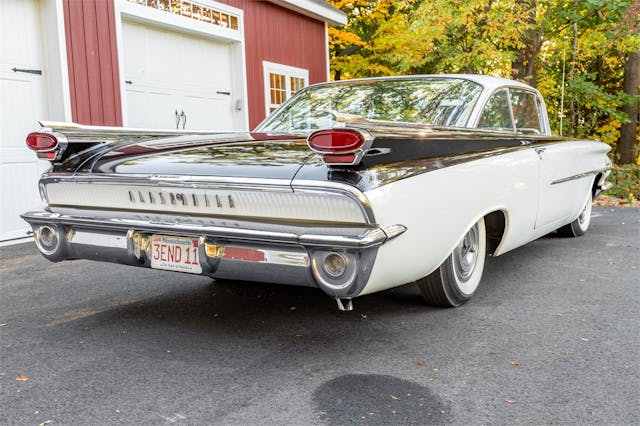
This 1959 Oldsmobile Dynamic 88 shows that even the attainable classics from this era can hold their ground. It sold online this week for just shy of $30,000 ($29,926.50, including fees from Auto Hunter). This example, given its slight paint imperfections and small window crack, arguably brought a higher price than its condition merits—our price guide pins a “best in the world” example at $31,000.
Going by the “brown furniture” theory, this should be the sort of vehicle that slips through the cracks. Dynamic 88s, moderately priced entries into the Olds lineup, were handsome and popular but for the most part aren’t what self-serious types might call the most “significant” representatives of the period. The Virgil Exner–designed 1957 Chryslers were more innovative from a design standpoint—and although the 371-cubic-inch Rocket V-8 was nothing to sneeze at, the car didn’t have quite the performance cred of some contemporary Chevys or a “Wide Track” Pontiac Bonneville.
Marketplace
Buy and sell classics with confidence
And yet, it’s still really cool, isn’t it? For someone looking for a rolling representation of midcentury American greatness and some Sunday cruises, an Olds from this era is a stunning deal. A contemporary Bel Air that looked this nice would likely cost more than twice as much. Keeping the car running should be fairly cheap, since your typical corner shop knows what to do with a pushrod V-8 and four-speed Hydramatic.
That helps explain why these Oldsmobiles get more attention from younger collectors than many of their contemporaries—some 60 percent of the people who call us for insurance quotes on 1959–60 Dynamic 88s are Gen-Xers or younger.
This example, despite its slightly high price relative to its condition, seems well bought; try making a rougher example this nice for less. The first (and perhaps only) investment the new owner should make is a set of whitewall radials for daily driving.
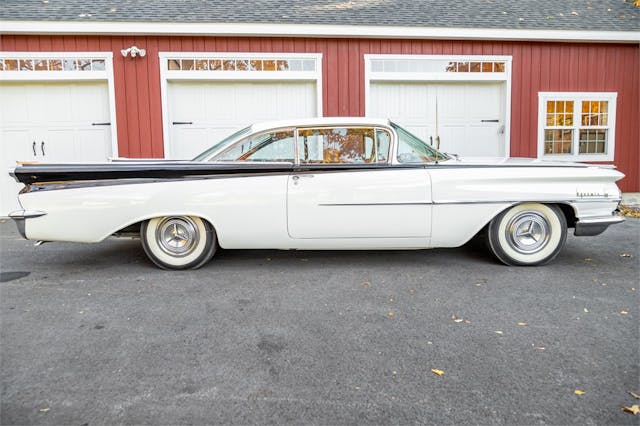
Check out the Hagerty Media homepage so you don’t miss a single story, or better yet, bookmark it.








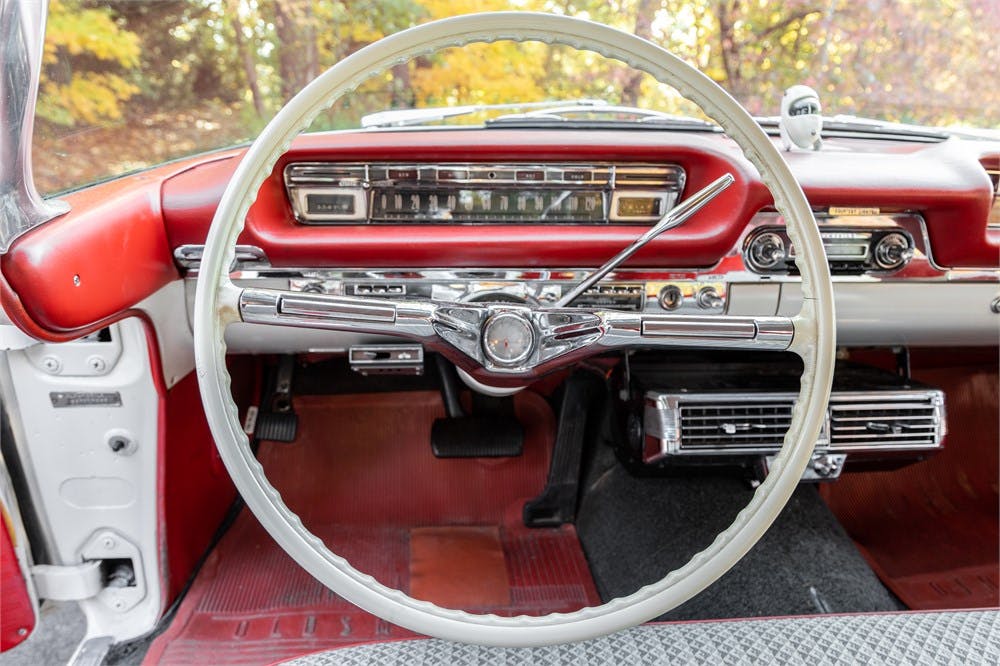
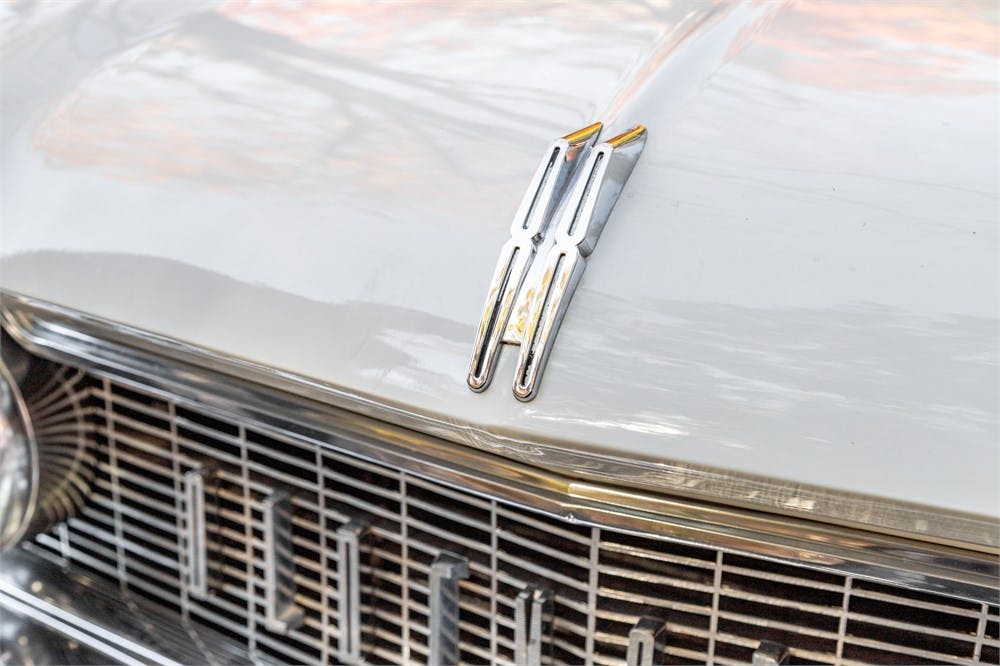
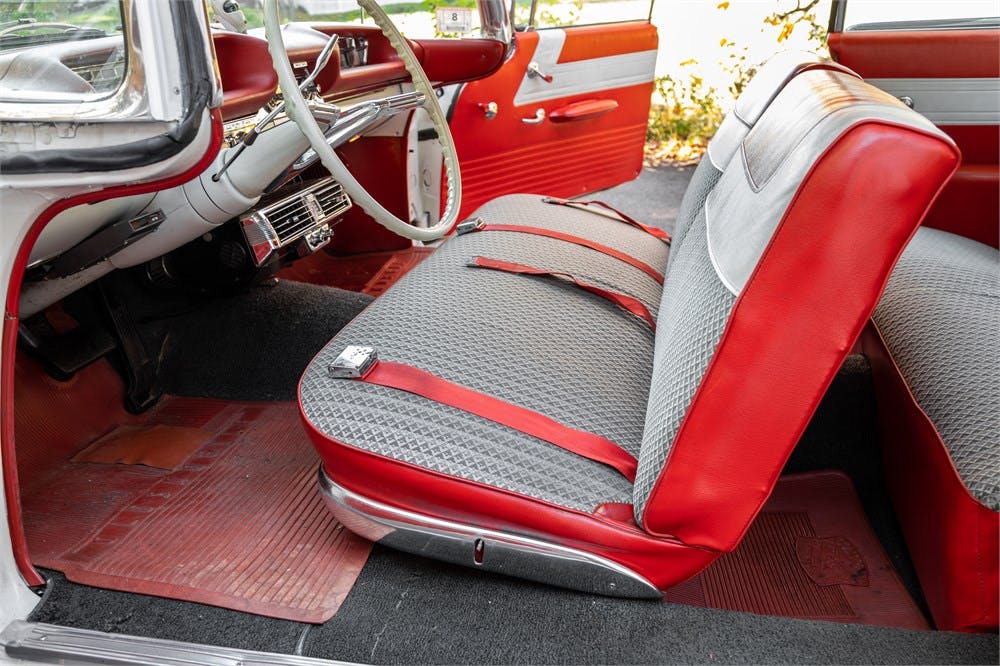
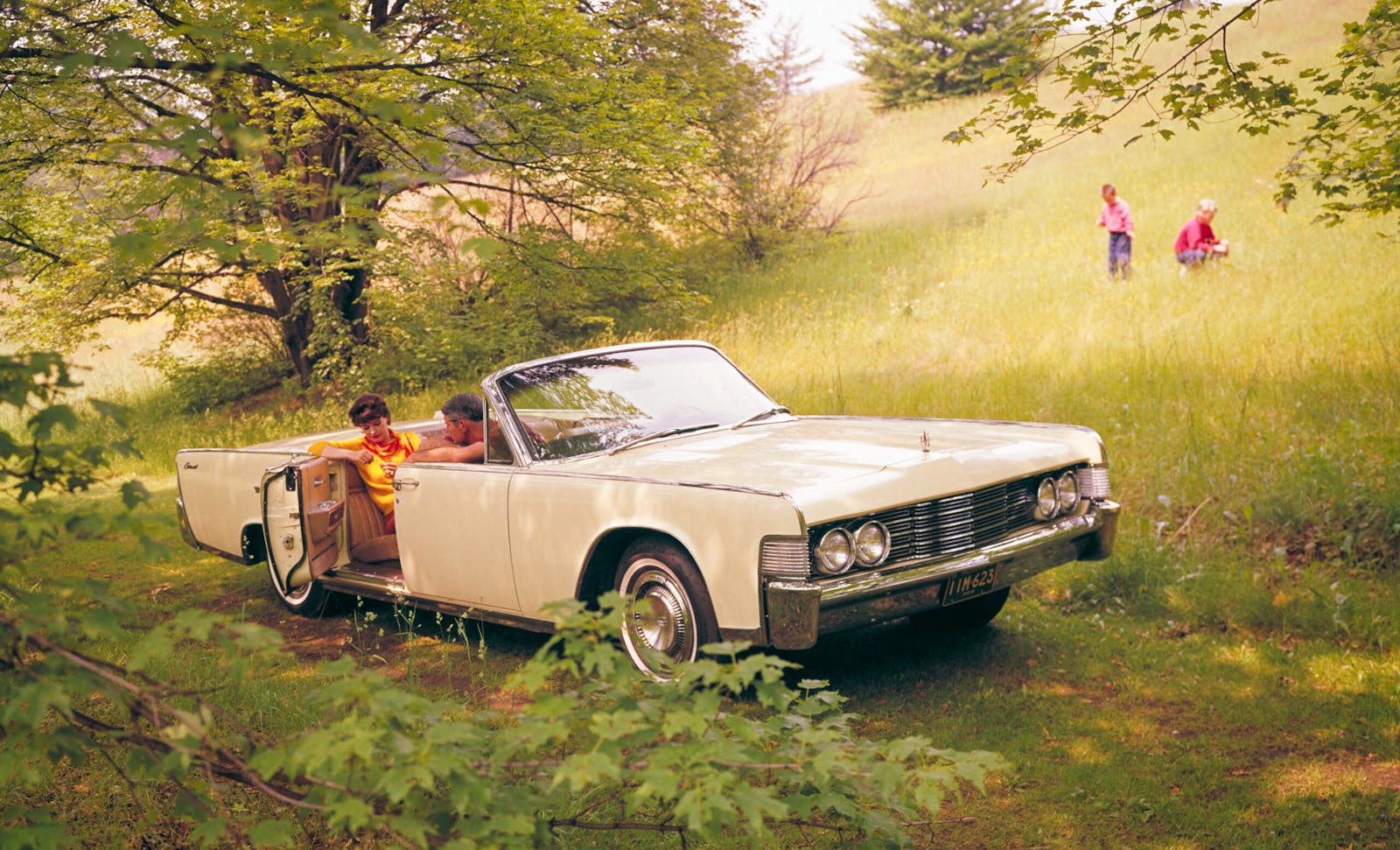







Disc brakes for safety
Nonsense ! There’s nothing wrong with well maintained drum brakes on an original car driven at the speeds it was meant to be driven. Mt ’40 Packard’s brakes could easily flatten your nose against the windshield with no effort.
There are exceptions. Early seventies Chrysler products would do well with the modification !
“Brown furniture” indeed! I first heard this term from a gallery owner echoing the above sentiments several years ago. It cut me to the quick since brown furniture is what I own and build and cherish having been brought up by an antique appraiser mother. But as the author says, gen-xers are not interested in it, nor are they interested in hand-washing Orrefors crystal cocktail glasses, polishing real sterling silver or cleaning their fur babies’ puke from genuine Persian rugs.
Recently we sold our house of 33 years to move closer to our grandchild and discovered that “most people” change domiciles every 5 or so years. The houses we looked to purchase reflected this phenomenon – they were poorly maintained, dreadfully decorated if at all, and generally disappointing. It’s as if the owners had recently transitioned from dormitories to apartments to, gee, let’s buy a house! And they were waiting for the maintenance crew to come and fix the roof. And the lawn. And the plumbing.
It’s a sociological shift and not entirely without foundation. Kids (obviously I’m too old to be one) are taking an interest in old cars based on what they can no longer find in new cars: Style. My 36 year-old son-in-law recently bought a 1976 Stingray because he was smitten with the looks. Before he bought it he asked if I would help him fix the minor glitches.
In the last Hagerty article I read a young man of 27 made his way to Pebble Beach because he had the audacity to take up the offer from an old fart to learn to drive a Model T. Kudos to both the young man and especially the old T owner who invited the youth into the world of real cars.
I have a 2007 Corvette convertible that will go to my now 32 year-old son upon my demise. If he doesn’t want it I’m fairly certain that my year and a half old grandson will take it.
A GREAT POST.
You pretty much nailed it. Although I wouldn’t be too sure about that grandson having any desire for what will by then be an illegal paperweight.
This may be apocryphal, but I seem to remember reading that there are more horses living in this country than at the time of the Civil War. They are not used for basic transportation nor are they harnessed to plows or grist mills. In fact they are for the most part treated better than many humans. I would venture to hope that the same fate could befall the truly desirable ICE cars of today. As far as paperweight status, how is that different from a museum piece or garage queen?
And as far as legality let me paraphrase the rallying cry of the gun nuts – “They can take my Corvette when they pry it from my cold, dead hands.”
One word “Awesome” thanks for a great post.
That’s a nice car. The money has been spent on it. You can’t take a basket-case or even beat-up generally worn version to that level for that money. Soon even older restorations of cars like this will be cost-prohibitive to restore (if they aren’t already).
When the core audience ages out, then you lose most of the “no expense spared whether logical or not” investor.
That’s what will kill interest in many cars: similar costs to restore as a Chevelle, worth dimes on the dollar to the Chevelle.
It’s why barring a major custom trend changing it (the rap scene embraces 80s tercels or something)… most things made post 1973 that aren’t sports cars or ultra luxury are going to be very rare.
My Dad had a 1959 Olds 4-door, pretty 2-tone green. A neighbor has a 59 Pontiac at the same time. Very stylish cars.
Now that is a boat! It does have style.
I have a 4 door of this, and the Dynamic 88 was the one with the least frills compared to the Super 88 and 98. Being a mid Gen X er and not growing up with it (except for brief exposure by my grandfather) the styling is breathtaking! I drive it every single day that the sun is out and take her through her paces. Every day I get to see her in my driveway I say, ‘Wow!’ Very few cars evoke a time, place and feel of an era I didn’t have a chance to experience. These cars are the best kept secret and value of the ‘50s – and the hobby itself. Not too many left.